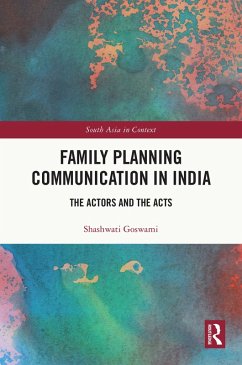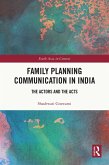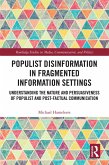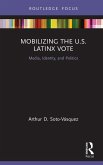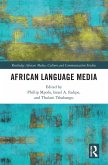It discusses how the discourse on India's population problem was at the heart of the development dialogue which was being promoted by the British colonial administration. The book examines the role of the censuses and the Five-Year plans in the development of the discussion on the population 'explosion' in India. Also, it critically discusses the role of the Ford Foundation's leadership in institutionalising the communication process in India. The book essentially argues that population control communication enabled the ideas of a homogenised nation, an 'ideal' Indian woman and an 'ideal' Indian family. This, in turn, led to the obliteration of cultural, ethnic, geographical and economic specificities of India as a country.
The volume will be of great interest to scholars and researchers of public policy, media and communication studies, Indian politics, modern Indian history and South Asian Studies.
Dieser Download kann aus rechtlichen Gründen nur mit Rechnungsadresse in A, B, BG, CY, CZ, D, DK, EW, E, FIN, F, GR, HR, H, IRL, I, LT, L, LR, M, NL, PL, P, R, S, SLO, SK ausgeliefert werden.
Arvind Rajagopal, Professor of Media, Culture, and Communication, Steinhardt School of Culture,
Education, and Human Development, NYU, USA

